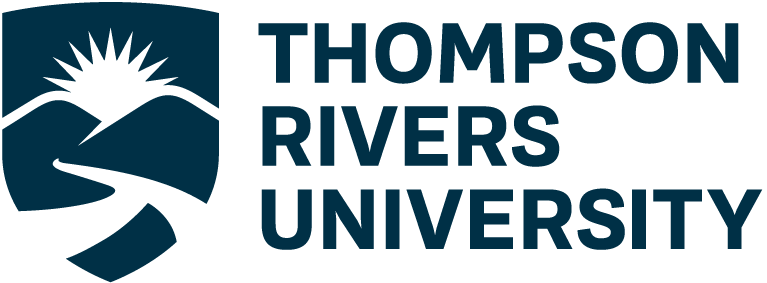Images
By considering these factors, educators at TRU Open Learning can effectively integrate images into online content, enriching the learning experience and allowing a deeper understanding of the concepts:
- Using Images to Clarify Abstract Concepts: In subjects like science, math, and history where ideas are complex or abstract, images play a crucial role in facilitating comprehension and retention. Visual representations—such as charts, diagrams, and historical photos—can help students grasp complex concepts more easily. By providing visuals, educators can support students in understanding and recalling abstract ideas effectively.
- Empower Students Through Visual Projects: Encourage students to create visual presentations or projects as part of their learning experience. This not only enhances their communication skills but also teaches them how to effectively use images to support their arguments and engage their audience. Through these projects, students develop valuable skills in information presentation and audience engagement.
- Power of Visual Communication: Recognizing that the human brain processes images much faster than text, make visual memory triggers. By incorporating images into online content, students can more easily comprehend and recall knowledge, leading to improved learning outcomes.

